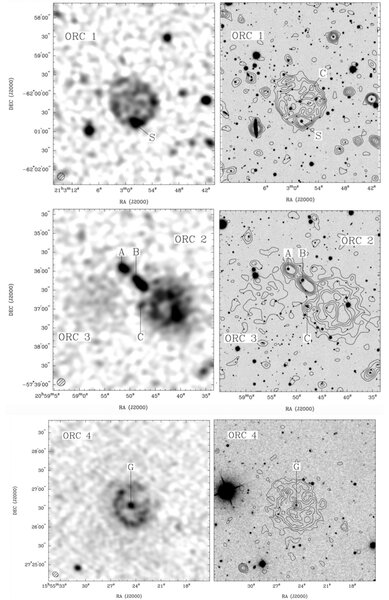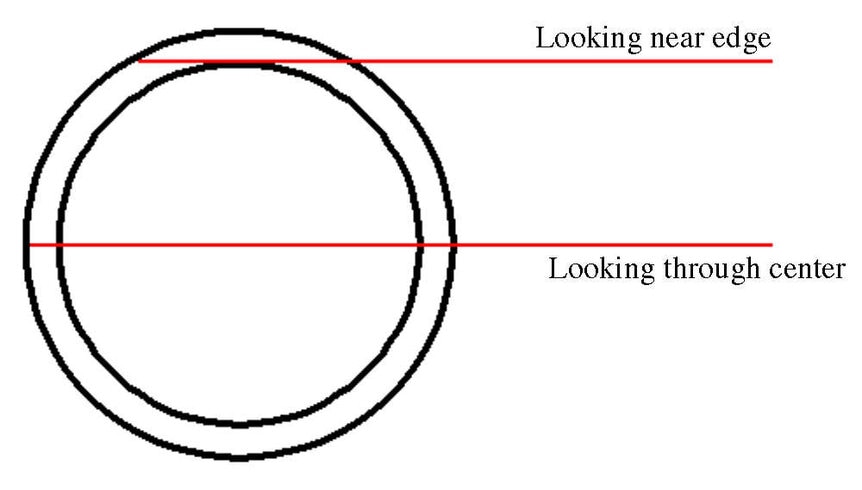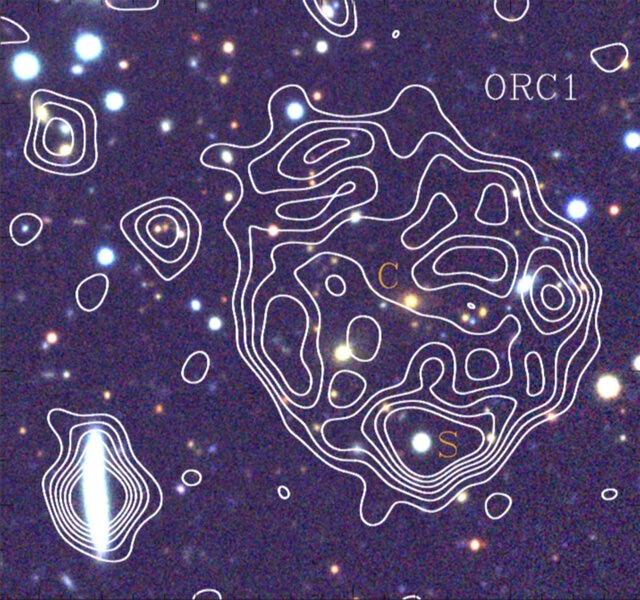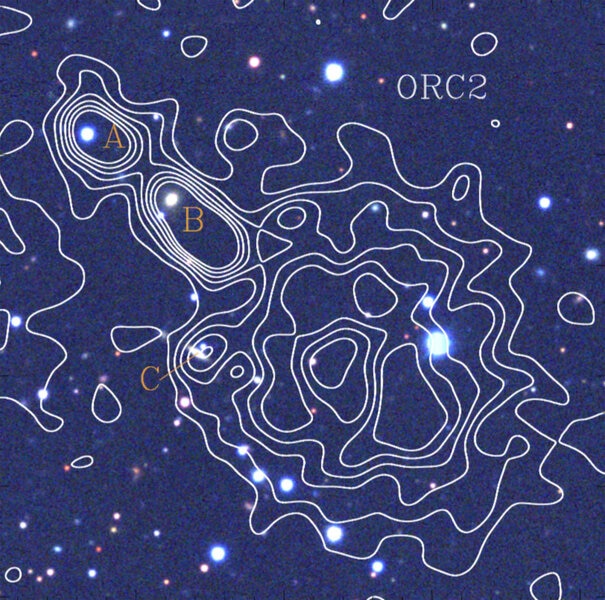Create a free profile to get unlimited access to exclusive videos, sweepstakes, and more!
Not aliens but ORCs: What are these mysterious giant radio rings in the sky?
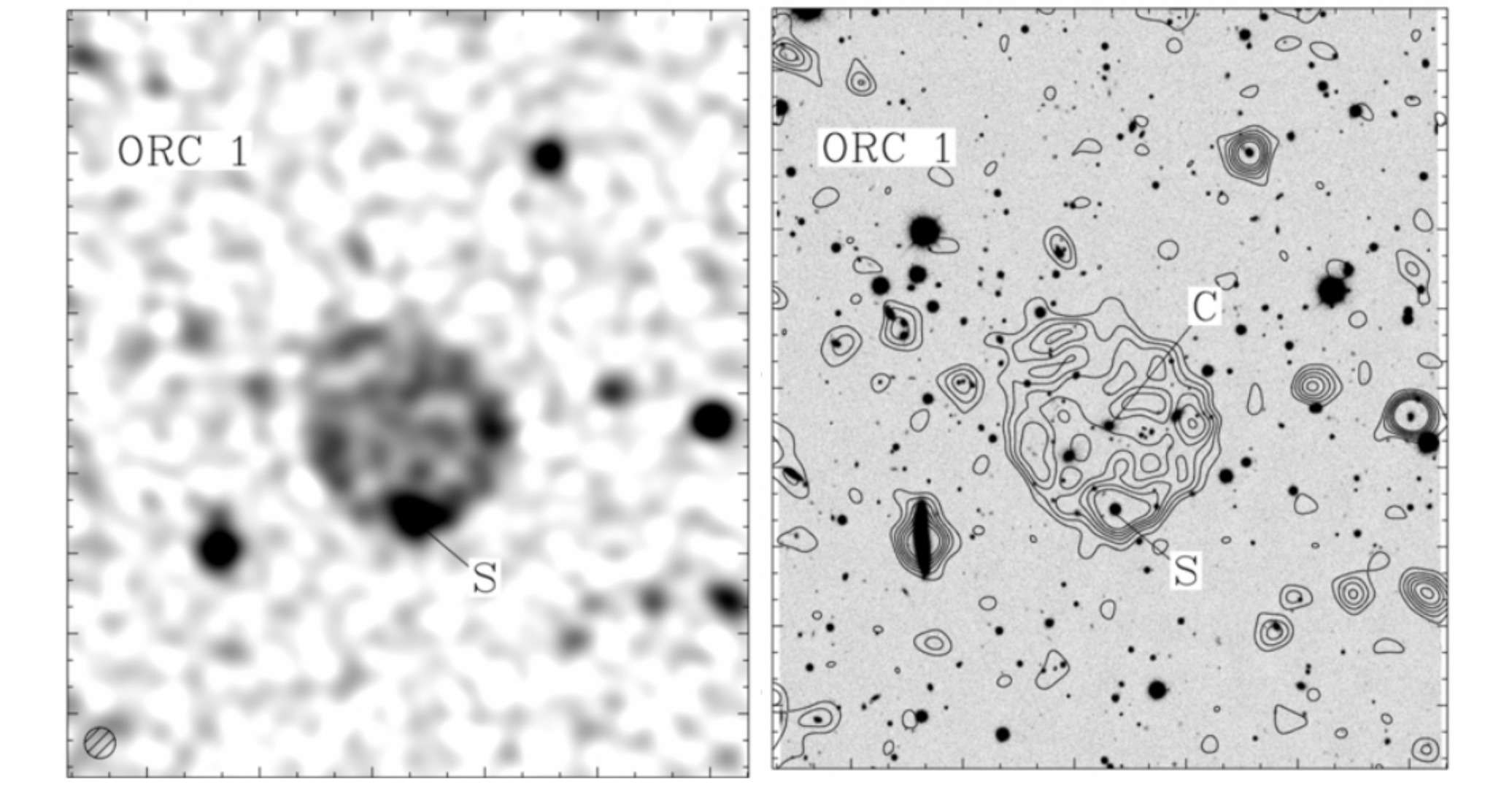
We've mapped the entire sky in multiple wavelengths of light and in many cases to decently high resolution, and yet there is still stuff out there popping up in images that's just downright bizarre, things which aren't easily explained.
Like, what the heck are these weird faint circular structures turning up in deep radio surveys?
The astronomers who found them call them ORCs, for Odd Radio Circles — I have to give them credit for that, it cuts to the chase — and skipping ahead a chapter or two: They don't know what they are.
They were found initially in a pilot survey for a project called the Evolutionary Map of the Universe, or EMU, being done on the Australian Square-Kilometre Array Pathfinder telescope (so the name EMU makes sense, then; I like this team). They're observing a 270 square degree patch of sky (roughly five times the size of your fist held at arm's length) in radio waves to see what they can see, just to find out what the survey can do.
The astronomers found three ORCs just by visual inspection; literally looking at the images by eye — another plus for the team in my book; I used to do the same thing to all the Hubble images we used to get every day that we archived when I worked on one the observatory's cameras. It's amazing what you can find this way.
The ORCs are very faint, and very rare, which is likely why they've been missed before. They did find a fourth one in a survey done by a different radio telescope, though. None of the four seems to have a counterpart in optical or infrared light, or in X-rays.
The fact that they appear to be rings is interesting. This is typical of spherical shells, like soap bubbles. It's a geometric effect. The amount of light you see from such an object depends on how much material you're looking through. In the center you're seeing through the thin shell on the near and far side, so it looks faint. Near the edge, though, you're looking through more material, so it appears brighter. This is called edge- or limb brightening, and we see it a lot in, for example, planetary nebulae.
But it's not clear what's going on with these ORCs. Two of them are actually close together in the sky, implying they're related, but the other two are not. Weirdly, they're all about the same apparent size on the sky, about one arcminute (one degree is 60 arcminutes). Three of them appear to be partly filled with material, and the fourth looks more like a disk.
Two of them have galaxies near their centers. One of them may be coincidence, but the other one's galaxy is emitting radio waves, so maybe it's creating this ring. If it is, at the galaxy's distance of 4 billion light years, the ring would be over a million light years across. That's… quite large. Roughly 8 times the diameter of our entire galaxy!
My first thought was these are nearby but old planetary nebulae, the shells of gas cast off by stars like the Sun when they die, but the scientists note that the chance of finding three of these in such a small survey size is 0.05%. Pretty small, so very unlikely.
Galaxies litter the sky, so maybe these things are affiliated with them. The authors go through a laundry list of possible causes, but none is really satisfying. One guess would be gas flowing out of a galaxy — they look at a few ways this could happen — but even that seems unlikely. Nothing really ticks all the boxes with these objects.
Of course, it's possible they're seeing different phenomena that all happen to make big faint circles of radio emission. Who knows. There's so little info it's hard to say.
My hope is that these tickle enough astronomers' brains to get some deep observations of them in radio waves as well as optical light and other wavelengths. If they're seen that way that's a big clue to their origin. If they're not seen, well, that helps eliminate some ideas, too.
I have to say, this makes me pretty happy. A mystery! The game is afoot! And we should absolutely follow our spirit upon this charge. It's not very often we have a new and enigmatic class of astronomical objects to understand. I think we should pursue it.
Tip o' the lens cap to Morgan Fairchild. Yes, that Morgan Fairchild.
